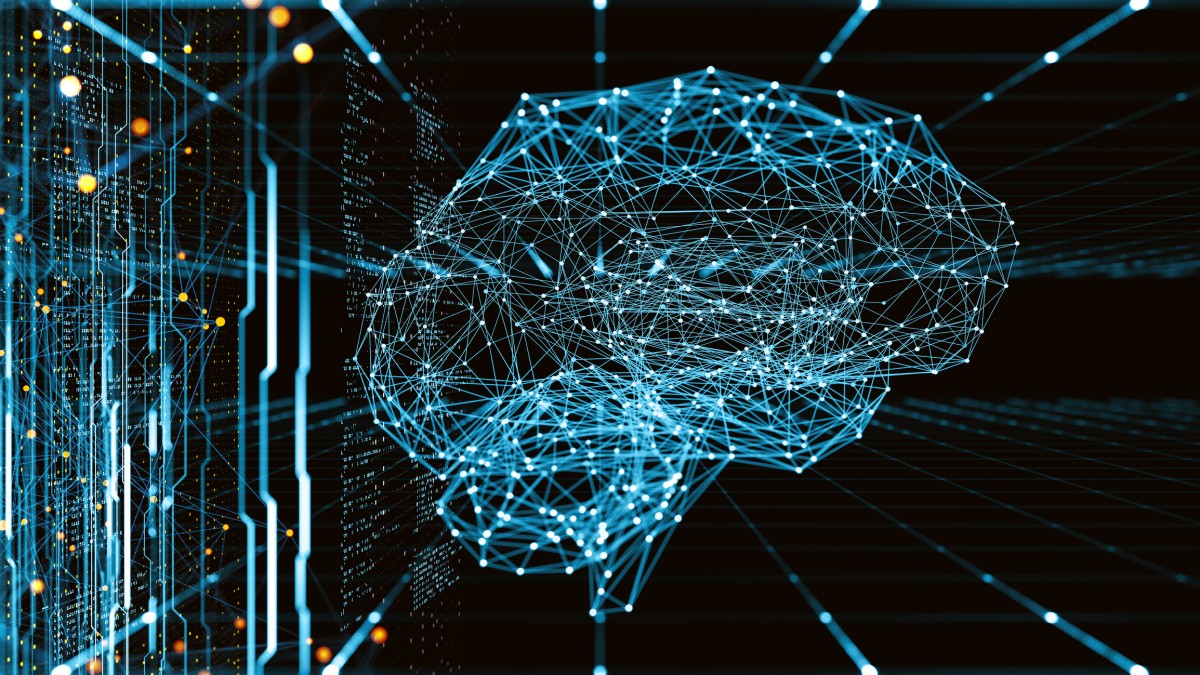Brain-inspired AI could cut energy use and boost performance
Artificial intelligence (AI) could soon become more energy-efficient and faster, thanks to a new approach developed at the University of Surrey that takes direct inspiration from biological neural networks of the human brain.

In a study published in Neurocomputing, researchers from Surrey’s Nature-Inspired Computation and Engineering (NICE) group have shown that mimicking the brain’s sparse and structured neural wiring can significantly improve the performance of artificial neural networks (ANNs) - used in generative AI and other modern AI models such as ChatGPT – without sacrificing accuracy.
The method, called Topographical Sparse Mapping (TSM), rethinks how AI systems are wired at their most fundamental level. Unlike conventional deep-learning models – such as those used for image recognition and language processing – which connect every neuron in one layer to all neurons in the next, wasting energy, TSM connects each neuron only to nearby or related ones, much like how the brain’s visual system organises information efficiently. Through this natural design, the model eliminates the need for vast numbers of unnecessary connections and computations.
An enhanced version, called Enhanced Topographical Sparse Mapping (ETSM), goes a step further by introducing a biologically inspired “pruning” process during training – similar to how the brain gradually refines its neural connections as it learns. Together, these approaches allow AI systems to achieve equal or even greater accuracy while using only a fraction of the parameters and energy required by conventional models.
Surrey’s enhanced model achieved up to 99% sparsity – meaning it could remove almost all of the usual neural connections – but still matched or exceeded the accuracy of standard networks on benchmark datasets. Because it avoids the constant fine-tuning and rewiring used by other approaches, it trains faster, uses less memory and consumes less than one per cent of the energy of a conventional AI system.
The brain achieves remarkable efficiency through its structure, with each neuron forming connections that are spatially well-organised. When we mirror this topographical design, we can train AI systems that learn faster, use less energy and perform just as accurately. It’s a new way of thinking about neural networks, built on the same biological principles that make natural intelligence so effective.Mohsen Kamelian Rad, PhD student at the University of Surrey and lead author of the study
While the current framework applies the brain-inspired mapping to an AI model’s input layer, extending it to deeper layers could make networks even leaner and more efficient. The research team is also exploring how the approach could be used in other applications, such as more realistic neuromorphic computers, where the efficiency gains could have an even greater impact.
###
Notes to editors
- Dr Roman Bauer is available for interview; please contact mediarelations@surrey.ac.uk to arrange
- Read the full paper.
Related sustainable development goals


Share what you've read?
Media Contacts
External Communications and PR team
Phone: +44 (0)1483 684380 / 688914 / 684378
Email: mediarelations@surrey.ac.uk
Out of hours: +44 (0)7773 479911
